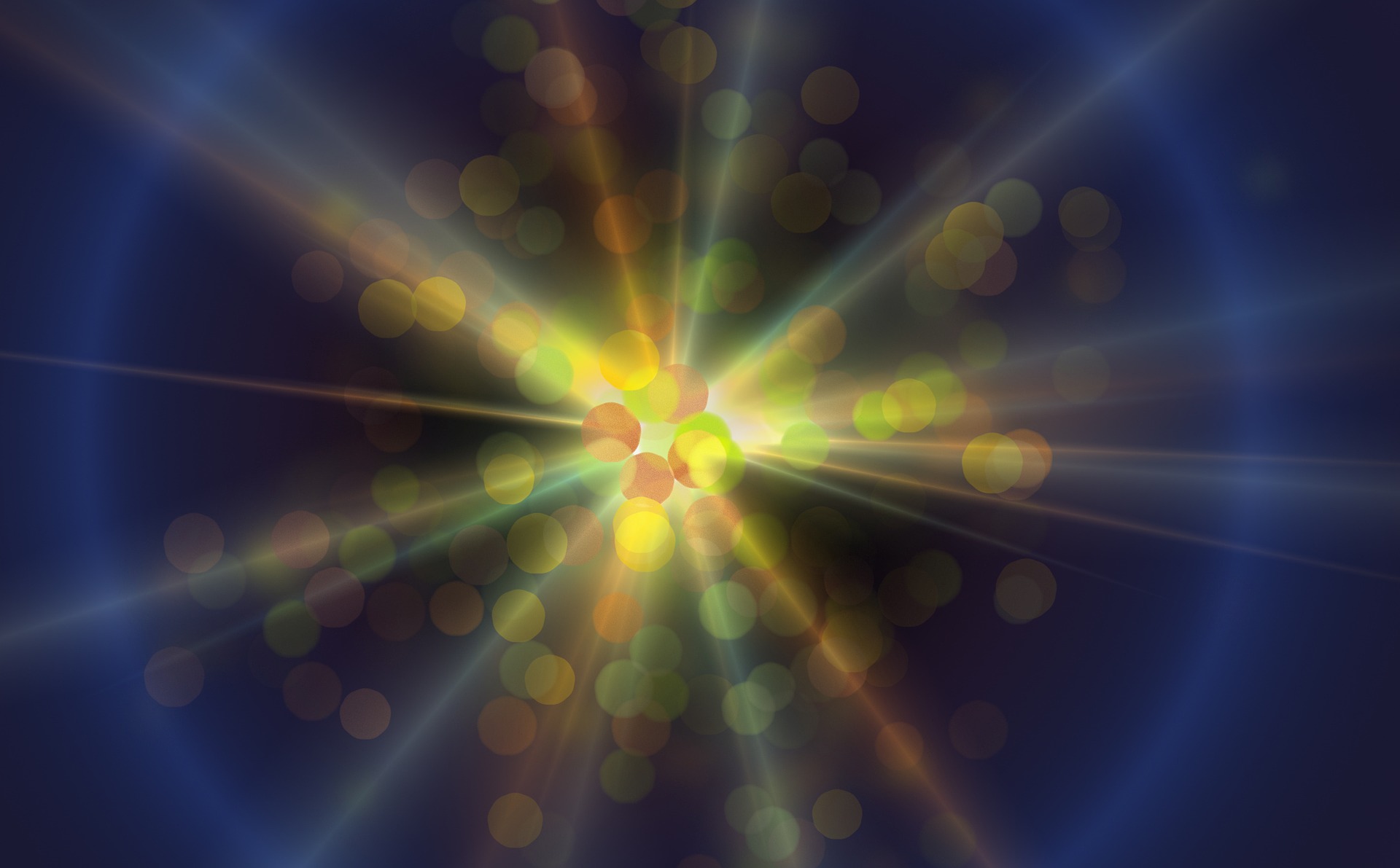人間の視覚システムがゴーストイメージングを処理できることを物理学者が発見
ジャスミンティーが好物のジャスティンです。
今回の記事はITとはちょっと違って、コンピューターしかできないと思ったものが人間もできることを発見したものです。元の記事は:
https://arxiv.org/abs/1808.05137
[日本語]
AIがどの分野でも人間より問題解決を出来て来てるので、多くの人が脳 - コンピュータ·インタフェースを進めるべきと提案してます。 この懸念の対応のために、脳コンピュータインターフェース業界はいくつかの興味深い進歩が出てきましてます。 今月もイラン·マスク氏(Elon Musk)の一つの企業の「Neuralink」(ニューローリンク)が、コンピュータから脳に直接情報をダウンロードする能力を証明して、神経レース(neural lace)と言う技術で実現が可能であることを確認しました。 しかし人体は人類がまだ利用できる秘密が残ってる可能性を証明しています。 スコットランドのヘリオットワット大学の物理学者は、人間の目は以前はコンピュータの計算でしか見えなかったゴーストイメージを処理できることを実証しました。
ゴーストイメージングは、ある物質を直接観察せずに、オブジェクトの画像を作成できる興味深い技術なのです。 この技術はまず一つの光のビームを2つに分割することから始まります。 分割されている光子は、高エネルギー光子から低エネルギー光子のペアになります。
一つの光子ビームが物体に向けられて、もう1つの光子は光を感知する複数ピクセルの光検出器に向けられます。 さらに、もう一つの光検出器は物体の後ろに設置します。この光検出器は特別で、一つピクセルの光のみを検出するように特別に設計されたものなのです。 この単一ピクセル検出器は、光子を検出して対象物を通過されます。
光子が対象物へ送信されますと、ペアになってる光子はそれに関する情報を有します。 これは量子もつれ現象(量子テレポーテーション)のおかげなのです。 光子ペアは実際に物体を見る事無く画像を生成ができます。
しかし問題は、作成するこれらの画像が不明瞭だけではなく、一見ランダムのピクセルのかたまりのように見えます。 ですがいろんな光のパターンを物体に照射を繰り返すと、コンピュータで分析で相関関係を見つけることができるデータが作成されます。 この相関関係は、物体の画像を生成することになります。
ゴーストイメージングが通常のイメージングと大きく異なる点として耐ノイズ性が高く、光の強度に関わらずイメージングが可能な事です。また、原理的には熱や音のイメージグも可能です。
最近の研究結果で、ゴーストイメージングは量子物理学の現象ではなくても発生できはします。 物体から単一の画素検出器に反射する光子は、時折格子状パターンとして現れることがあります。 十字の明るい部分は明るさの強度が大きくて、暗い部分は強度が低いことなります。 この結果を重ね合わせると、物体と直接的に対話することなく、古典的な物理を通して影の画像が作成することはできます。
さらにですが、この画像計算は、コンピュータではなく人間の目でも行われていることが発見されました。ヘルオト-ヲット大学( Heriot-Watt University)のアレスアンドロ·ボッコリーニ氏(Alessandro Boccolini)は、人間に前述のパターンをすばやく見せるようにテストしました。 パターンが低速で表示されると、人間の目はランダムなピクセルのかたまりしか見れなかったです。 しかし、20キロヘルツまで加速して流したところ、被験者はすべての物体を見ることが出来ました。
物体と相互作用する光子は、人間の目が見たパターンと同じ光子ではないという事実は、興味深い発見なのです。 ボッコリーニ氏は、これが人間が見ることができる光スペクトルを広げる可能性があると提案しました。 私たちは潜在的に、赤外線や紫外線のような現在の可視光線スペクトル以外の光子を物体に送ることができ、対の光子は人間の目で読み取り可能なパターンを生成する可能性があリます。
[English]
Physicists Have Discovered that the Human Visual System can Process Ghost Imaging
With all the commotion of AI being able to out compete humans in potentially any possible problems, many have been calling out for brain-computer interfaces. These concerns may be being addressed as brain-computer interface industry has been seeing some interesting progress. Just this month, one of Elon Musk’s companies, Neuralink, has confirmed the ability to download information to the brain from a computer directly from a computer is possible with Neural Lace technology. But as promising as all that is, the human body is still proving it has hidden potentials for us to exploit. Physicists at Heriot -Watt University in Scotland have demonstrated that the human eye can process ghost images that was previously only done by computer calculations.
Ghost imaging is a curious process of creating or processing an object without directly observing the object. The process starts with splitting a beam of light into two. The photons that are being split goes from being a high energy photon to a pair of low energy photons.
One beam of photons is directed to an object and the other will be directed to a multi-pixel light detector that senses the light. There is also a second light detector placed behind the object that is specially designed to only detect a single pixel of light. This single pixel detector picks up on photons to pass right through the object.
So when a photon is transmitted at the object, it’s photon pair will have information about it. This is due to the phenomenon of quantum entanglement. This means the photon pair can create images without actually being from the object.
The only problem is, these images that it creates are not only unclear but look like seemingly random cluster of pixels. But repeating this process by shining different patterns of light to the object creates data that can be analyzed by a computer to find a correlation. This correlation produces an image of the object.
But recent findings have found that ghost imaging can also be done without quantum physics. Photons that reflect off the object into the single pixel detector sometimes come off as a criss-crossed pattern. The light parts of the criss-cross shows greater intensity of light and dark parts are low intensity. Overlapping these results create a shadow image, without directly interacting with the object but all through classical physics.
In addition, this image calculation can be done without a computer but the human eye. Alessandro Boccolini at the Heriot-Watt University test this by having human subjects watch the aforementioned patterns in quick succession. He found that when the patterns shown at a slow rate, the human eye only sees random set of pixels. But when it was sped up to 20 kilohertz, all of the test subjects could see the object.
The fact that the light or photons that interacted with the object is not the same photons of the patterns that the human eye saw has interesting implications. Boccolini proposed that this has the potential of widening that light spectrum that humans can see. We could potentially send photons outside of the current visible light spectrum, such as infrared or ultraviolet, to an object and the pair photons could produce a pattern readable by the human eye.


